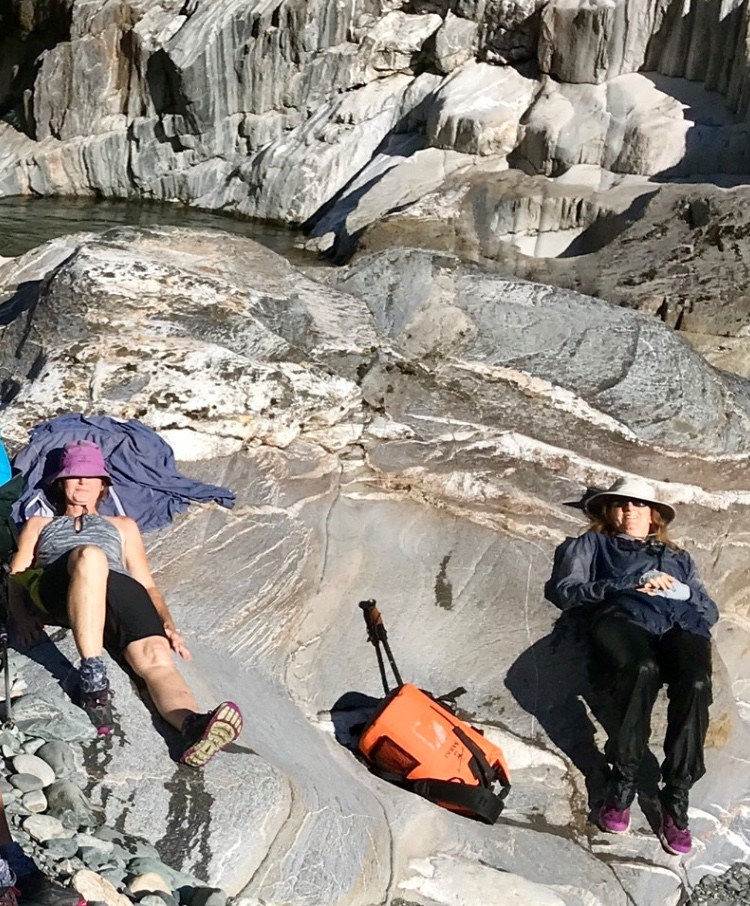Dear Friends and Aligned Orgs of AEL:
Here’s good news out of Sacramento that you may want to share with your members and keep up-front in your “tickler” file. The G0vernor has ordered a shift of investment from new roadways to rapid transit through the California Action Plan for Transportation Infrastructure (CAPTI).
How will this Executive Order affect land uses planning in Placer County? The sprawl development planned by the Cities of Roseville, Lincoln and the County of Placer depend upon State funding for a new automobile roadway called Placer Parkway . The proposed new 1,000 ft. wide ground-level “Parkway” would connect Hwy. 65 (near Lincoln) with roadways to the west. It would bisect the new Placer County Conservation Plan area and block a major wildlife corridor to relieve congestion on I-80 and it will serve urban sprawl. Local jurisdictions have approved massive sprawl developments covering over 39,000 acres of Placer County’s remaining intact grasslands west Highway 65. CAPTI and the Governor’s Executive Order just may throw a wrench in the Placer Parkway plan. Implications on land use plans that are automobile dependent may be significant. Let’s all be part of CAPTI’s implementation. It hold a promise to reduce auto dependence and CO2 generation and to improve air quality and quality of life.
The following info. is provided by AEL’s Fiscal Sponsor the Planning and Conservation League of California:
Together we’re a stronger voice.
Warmly,
Leslie Warren, Chair
Alliance for Environmental Leadership
CAPTI Provides the Road Map for Smart Growth
The recently published draft California Action Plan for Transportation Infrastructure (CAPTI) provides a map forward for building less roads and for Californians to drive less.
The Governor’s Executive Order on Climate, EO N-19-19, among other things, directed the California State Transportation Agency (CalSTA) to develop a plan for bringing the state’s transportation investment portfolio into better alignment with our state’s GHG reduction mandates. This sounds like common sense, but it turns out that it’s not so easy. Unravelling California’s many pathways of how federal, state, and local transportation dollars are programmed, and the many laws and policies that guide those pathways is a monumental task. Shifting those pathways will be an even greater task.
As written in these pages before, the California Air Resources Board’s (CARB’s) 2017 AB 32 Scoping Plan found that even if California was to achieve 100% electric vehicle usage and 75% renewable energy production by 2050, we would still need an additional 15% vehicle miles traveled (VMT) reduction beyond the reductions currently projected in our Regional Transportation Plans to meet our 2050 GHG reduction mandate (AB 32 Scoping Plan, pg. 101). Yet, CARB’s SB 150 Progress Report on our regional Sustainable Communities Strategies also finds that per capita VMT is going up, not down, in all regions of the state.
We are making strong progress in the transition to renewable energy and zero-emission vehicles, but California is still building our housing, jobs, and services too far away from each other and building too much road capacity to connect them. How to change this remains our biggest challenge.
After more than a year of outreach and collaboration with partner agencies and many NGO stakeholders, CalSTA released the draft CAPTI plan for public review. (You can view the document and supporting material here, comments are due on May 19th). We commend CalSTA and their inter-agency partners for providing a vision for California’s transportation infrastructure that we feel, if followed, represents the kind of transformational shift we need to make in the way we invest our resources to achieve California’s climate and equity goals.
The criticism can be made that the plan doesn’t go far enough and is light on specific tangible actions and accountability measures, but we recognize that CalSTA does not have the authority to prescribe and dictate what the multiple other relevant agencies will need to do to realize this vision. Implementation of this shift will take the respective action and coordination of many state and local agencies, and the responsibility now falls on those agencies to develop their respective action plans in accordance with the CAPTI recommendations.
Some state agencies, including CARB and the Dept. of Housing and Community Development (HCD), are moving to take such action. PCL calls on the California Transportation Commission (CTC), specifically, to follow suit and make a formal commitment to adapt their program guidelines and project prioritization protocols to reflect the shift in investment that is needed as recommended by CAPTI. The CTC ultimately approves the allocation of the bulk of the state transportation funds and their commitment to CAPTI is critical for the plan’s success. The CTC should determine and adopt specific VMT reduction targets, in line with the need identified by CARBs Scoping Plan, to guide its project prioritization, and to be able to measure the progress of the performance of our system investments moving forward.
Over the course of the next year, the CTC will be revising many of its program guidelines, with multiple public workshop opportunities (information you will be able to find here). We urge you to engage in this process, as the decisions that will be made could affect California’s infrastructure planning for generations to come.
CAPTI is scheduled to be approved in July of this year, but that cannot be the end of the conversation. CAPTI lays out a plan for where we need to go, but the work to get there is only beginning.
For more than 50 years, the Planning and Conservation
League has been at the forefront of virtually every major
legislative and administrative effort to protect and enhance
California’s environment.







